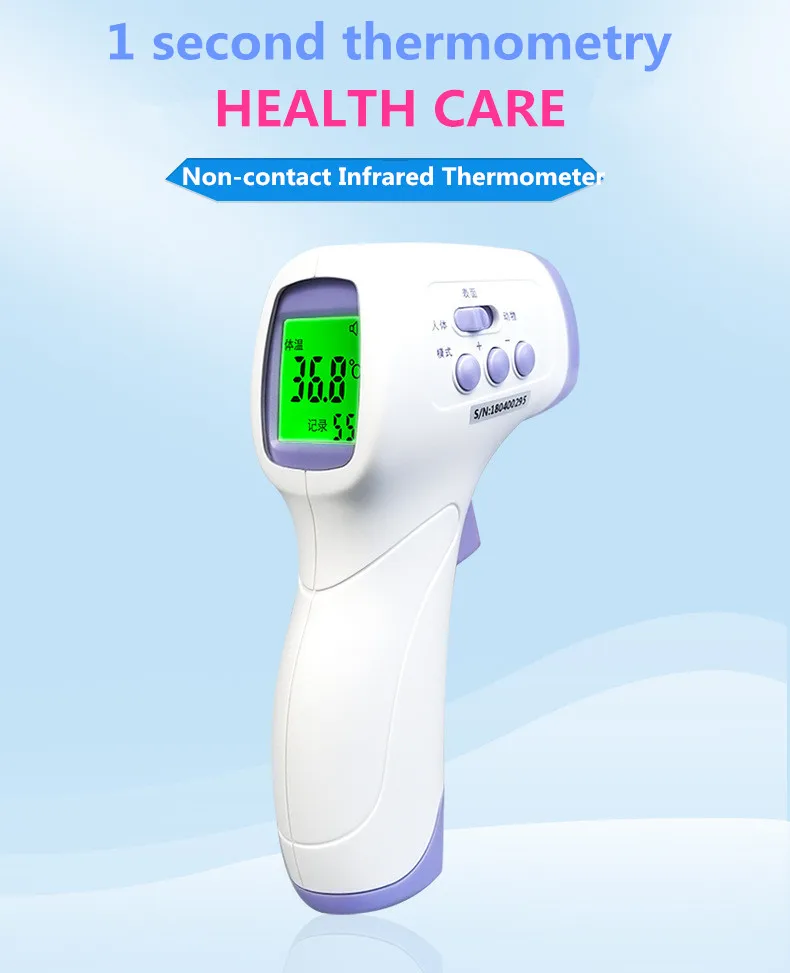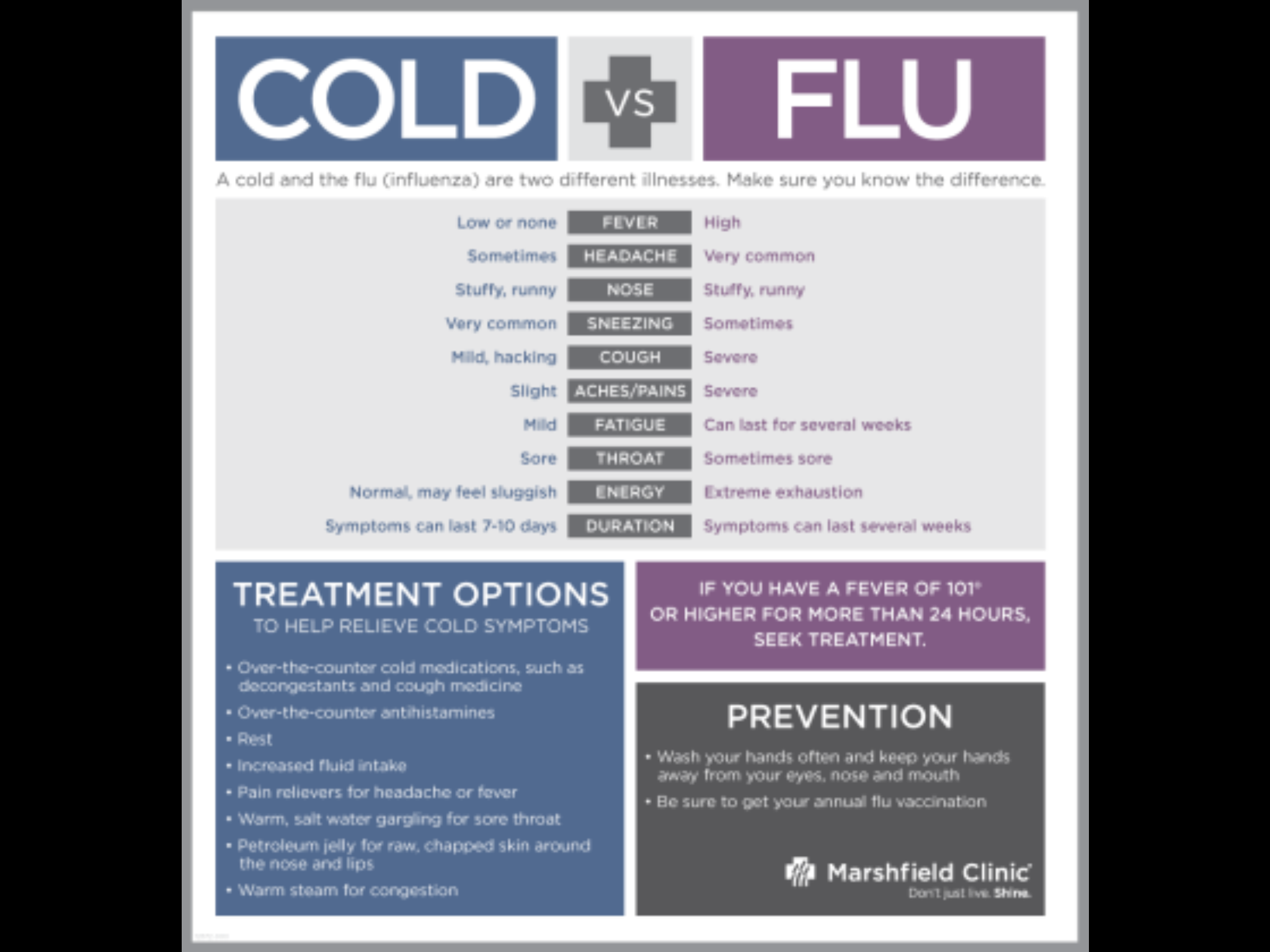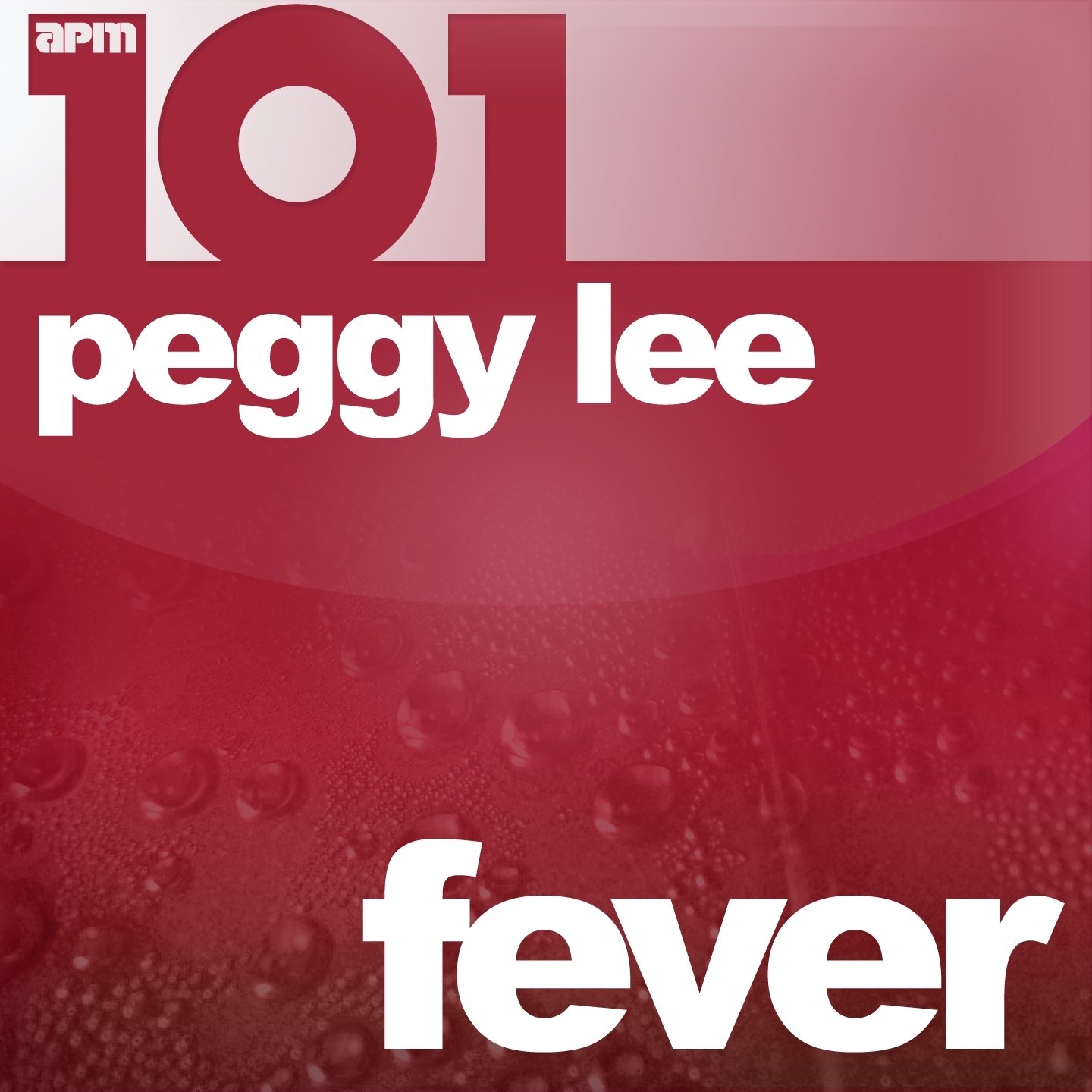101 Fever for 3 Days: When to Worry and How to Treat High Temperatures in Adults
What constitutes a fever in adults. How long can a 101 fever last safely. When does a persistent fever require medical attention. What are the best ways to treat fevers at home. How to know if a fever is serious in adults.
Understanding Fever: Your Body’s Natural Defense Mechanism
A fever is more than just an uncomfortable symptom – it’s actually a sign that your immune system is hard at work. When your body detects an invader like bacteria or a virus, it raises its internal temperature as a defense strategy. This elevated temperature creates an environment where your immune system can function more effectively while making conditions less hospitable for pathogens.
While fevers may make you feel miserable, they play a crucial role in helping your body fight off infections and return to health. Understanding this process can help alleviate some of the worry that often accompanies a high temperature.
What Exactly Constitutes a Fever?
Normal body temperature typically ranges from 97°F to 99°F (36.1°C to 37.2°C). A fever is generally defined as a body temperature of 100.4°F (38°C) or higher. However, the severity of a fever can vary depending on the individual’s age:

- For adults: A temperature of 103°F (39.4°C) or higher is considered a serious fever
- For children: 102°F (38.9°C) or higher is deemed serious
- For infants under one month: Any temperature of 100.4°F (38°C) or higher requires immediate medical attention
It’s important to note that for most people over one month old, even serious fevers don’t necessarily require immediate medical care if other symptoms are manageable.
The 101°F Fever: When Three Days is Too Long
A persistent fever of 101°F (38.3°C) for three days can be concerning, especially in adults. While fevers are generally beneficial for fighting infections, a prolonged high temperature may indicate a more serious underlying condition that requires medical attention.
Is a 101°F fever dangerous? In most cases, a 101°F fever isn’t immediately dangerous for adults. However, if it persists for more than three days, it’s time to consult a healthcare provider. Prolonged fevers can lead to dehydration and may signal a more severe infection or condition that needs treatment.

Why Duration Matters
The duration of a fever is often more important than the temperature itself. A brief spike in temperature, even if high, is generally less concerning than a persistent low-grade fever. When a 101°F fever lasts for three days or more, it suggests that your body is struggling to overcome the underlying cause, which could be:
- A bacterial infection requiring antibiotics
- A viral infection that needs supportive care
- An autoimmune disorder
- In rare cases, certain cancers
Red Flags: When to Seek Immediate Medical Attention for a Fever
While most fevers don’t require urgent care, certain symptoms accompanying a fever should prompt you to seek medical attention right away. For adults, these red flags include:
- Severe headache
- Stiff neck
- Sensitivity to light
- Mental confusion or altered consciousness
- Persistent vomiting
- Difficulty breathing or chest pain
- Pain when urinating
- Seizures
If you experience any of these symptoms along with a fever, don’t hesitate to contact a healthcare provider or visit an emergency room. These could indicate serious conditions such as meningitis, pneumonia, or other severe infections that require prompt treatment.

Measuring Fever: Choosing the Right Thermometer
Accurate temperature measurement is crucial for monitoring and managing fevers. Different types of thermometers offer varying levels of accuracy and convenience:
Oral Thermometers
Oral thermometers are the most recommended for home use in adults and older children. They provide accurate readings when used correctly. To use an oral thermometer:
- Place the tip under the tongue
- Close the mouth and breathe through the nose
- Wait until the thermometer signals it’s done (usually with a beep)
Oral readings are generally considered the standard for home temperature checks.
Armpit (Axillary) Readings
While convenient, armpit temperature readings are less accurate than oral measurements. They typically register about 1°F (0.5°C) lower than oral temperatures. If using this method, add 1°F to the reading for a more accurate estimate.
Forehead Thermometers
No-touch forehead thermometers have become popular due to their convenience and speed. However, they are generally the least accurate option. Environmental factors and user technique can significantly affect readings. While useful for quick checks, they’re not ideal for precise monitoring of fevers.

Home Treatments: Managing Fever Symptoms Effectively
While fevers are part of your body’s natural defense mechanism, sometimes the discomfort they cause necessitates treatment. Here are some effective home remedies and over-the-counter options for managing fever symptoms:
Medication Options
For adults, the following medications can help reduce fever:
- Acetaminophen (Tylenol)
- Ibuprofen (Advil, Motrin)
- Other over-the-counter NSAIDs (Non-Steroidal Anti-Inflammatory Drugs)
Always follow the recommended dosage on the packaging or as advised by your healthcare provider. Avoid aspirin for treating fever in children or teenagers due to the risk of Reye’s syndrome.
Non-Medicinal Approaches
Several non-medicinal methods can help alleviate fever discomfort:
- Stay hydrated: Drink plenty of fluids to prevent dehydration
- Rest: Allow your body time to recover and fight the infection
- Dress lightly: Wear breathable, lightweight clothing
- Adjust room temperature: Keep the environment cool but comfortable
- Use a fan: Gentle air circulation can help cool the body
- Take a lukewarm bath: This can help lower body temperature slightly
Remember, the goal isn’t to bring the temperature back to normal, but to make the person more comfortable while allowing the fever to do its job in fighting the infection.
![]()
Fever and COVID-19: Important Considerations
In the context of the ongoing COVID-19 pandemic, fever takes on additional significance as one of the primary symptoms of the virus. If you develop a fever, especially if it’s accompanied by other common COVID-19 symptoms like cough, fatigue, or loss of taste or smell, it’s crucial to take appropriate precautions:
- Self-isolate: Stay home and avoid contact with others
- Get tested: Arrange for a COVID-19 test as soon as possible
- Monitor symptoms: Keep track of your temperature and other symptoms
- Seek medical advice: Contact your healthcare provider for guidance, especially if symptoms worsen
Do not return to work or public spaces until you’ve received a negative COVID-19 test result or have completed the recommended isolation period as per your local health guidelines.
When to Worry: Fever Complications and Long-Term Effects
While fevers are generally harmless and self-limiting, in some cases, they can lead to complications or indicate more serious underlying conditions. Understanding these potential issues can help you make informed decisions about when to seek medical care.

Dehydration Risk
One of the most common complications of prolonged fever is dehydration. As your body temperature rises, you lose more fluids through sweating and increased metabolism. Signs of dehydration include:
- Dry mouth and lips
- Decreased urine output or dark-colored urine
- Dizziness or lightheadedness
- Rapid heartbeat
- Sunken eyes
Severe dehydration can be life-threatening and may require intravenous fluid replacement. This is why staying hydrated during a fever is crucial.
Febrile Seizures
While more common in children, febrile seizures can occasionally occur in adults, especially if the fever rises rapidly. These seizures, while frightening, rarely cause lasting damage. However, if you experience a seizure with a fever, it’s important to seek medical attention to rule out more serious conditions like meningitis or encephalitis.
Underlying Conditions
A persistent fever can sometimes be a sign of underlying conditions that require medical attention. These may include:
- Autoimmune disorders like lupus or rheumatoid arthritis
- Certain cancers, particularly blood cancers like leukemia or lymphoma
- Chronic infections such as tuberculosis or HIV
- Medication side effects
If your fever persists beyond three days or recurs frequently without an apparent cause, it’s important to consult with a healthcare provider for a thorough evaluation.

The Role of Primary Care in Fever Management
Having a primary care physician plays a crucial role in managing fevers and overall health. A primary care doctor can:
- Provide personalized advice based on your medical history
- Conduct necessary tests to determine the cause of persistent fevers
- Prescribe appropriate treatments if needed
- Monitor your condition over time
- Refer you to specialists if required
Establishing a relationship with a primary care physician ensures that you have a trusted medical professional familiar with your health background when issues like persistent fevers arise.
When to Schedule an Appointment
While not all fevers require a doctor’s visit, certain situations warrant medical attention:
- Fever persisting for more than three days
- Fever accompanied by severe symptoms like those mentioned in the “Red Flags” section
- Recurrent fevers without a clear cause
- Fever in individuals with compromised immune systems or chronic health conditions
Don’t hesitate to reach out to your primary care provider if you’re unsure about the severity of your fever or if you have concerns about your symptoms.

Preventing Fevers: Boosting Your Immune System
While it’s not always possible to prevent fevers, you can take steps to strengthen your immune system and reduce your risk of infections that cause fevers. Here are some strategies to boost your body’s natural defenses:
Maintain a Healthy Lifestyle
- Eat a balanced diet rich in fruits, vegetables, and whole grains
- Stay hydrated by drinking plenty of water throughout the day
- Get regular exercise to improve circulation and boost immune function
- Ensure you get adequate sleep each night (7-9 hours for most adults)
- Manage stress through relaxation techniques like meditation or yoga
Practice Good Hygiene
- Wash your hands frequently with soap and water
- Avoid touching your face, especially your mouth, nose, and eyes
- Stay away from people who are sick when possible
- Clean and disinfect frequently touched surfaces in your home and workspace
Stay Up-to-Date on Vaccinations
Vaccinations can prevent many infections that cause fevers. Ensure you’re current on recommended vaccines, including:

- Annual flu shot
- COVID-19 vaccine and boosters
- Tetanus booster every 10 years
- Other vaccines as recommended by your healthcare provider based on your age, health status, and risk factors
By implementing these preventive measures, you can reduce your chances of developing fevers and other symptoms associated with common infections. Remember, a strong immune system is your best defense against illness.
Fevers 101: How to treat them, and when to get help
A fever is your immune system’s way of changing the battleground to help itself fight. When your body recognizes an invader (like bacteria or a virus), your immune system raises your body temperature as a defense. Your immune system works much better in hotter temperatures, while invaders do worse. Fevers may feel terrible to you, but they help your body destroy invaders and get back to its healthy self.
Fevers defined
Normal body temperatures sit between 97 to 99° F. A fever is a temperature of 100.4° F or higher. There are low-grade fevers and more serious fevers, depending on the sick person’s age.
A serious fever is hotter than:
• 100.4° F in infants younger than one month – go to the ER if this happens
• 102° F in infants older than one month on up to children
• 103° F in adults
For infants one month and younger, a temperature of 100.4° F or higher requires immediate medical attention. From one month of age and older, most fevers – even serious fevers – do not require immediate medical attention. If your feverish child is making eye contact, responding to your voice, drinking fluids and voiding normally, there’s no need to worry.
From one month of age and older, most fevers – even serious fevers – do not require immediate medical attention. If your feverish child is making eye contact, responding to your voice, drinking fluids and voiding normally, there’s no need to worry.
When to get medical attention
Most fevers don’t require medical attention. However, any of these symptoms in children or adults, along with a fever, means it’s time to see a doctor. Download the new Nebraska Medicine mobile app to make an appointment, or call 800.922.000.
| Children | Adult |
|---|---|
| Seizure | Seizure |
| Listless | Severe headache |
| Inconsolably irritable | Stiff neck |
| Stops drinking | Sensitivity to light |
| Stops voiding | Mental confusion |
| Persistent vomiting | Persistent vomiting |
| Has a fever lasting longer than 3 days | Difficulty breathing |
| Chest pain or shortness of breath | |
| Pain when urinating |
In general, fevers don’t cause harm. Even febrile seizures – convulsion in a child caused by a spike in body temperature – rarely cause any lasting damage. However, the infection triggering the fever certainly can cause long-lasting damage. For example, meningitis can cause very sudden high fevers. Meningitis can cause brain injuries or even death. That’s why it’s important to monitor the symptoms associated with the fever to see if you need medical help.
Even febrile seizures – convulsion in a child caused by a spike in body temperature – rarely cause any lasting damage. However, the infection triggering the fever certainly can cause long-lasting damage. For example, meningitis can cause very sudden high fevers. Meningitis can cause brain injuries or even death. That’s why it’s important to monitor the symptoms associated with the fever to see if you need medical help.
Which thermometer reading is best
- Mouth: The best choice for home use. Oral readings are accurate and easy to take. Placing an oral thermometer in the armpit is less accurate (and will be about 1 degree lower than a mouth reading)
- Rectal: Highly accurate, but there’s a risk of injury, especially with infants. Best to leave rectal thermometers to health care professionals
- Forehead: Used for their convenience and speed, no-touch forehead thermometers are the least accurate
Home treatments for fevers
You don’t have to treat a fever, especially if it’s lower than the more serious fevers (listed above in Fevers defined).
A fever is part of your normal immune response. Lowering your body temperature with medication can limit your immune system’s fighting power. However, if you or your child’s symptoms are intolerable, these medications effectively treat a fever:
- Children one to six months old: acetaminophen
- Children six months or older: acetaminophen or ibuprofen
- Adults: acetaminophen, ibuprofen and any other over-the-counter NSAID medications
Other at-home remedies can make you feel more comfortable and help with accompanying symptoms:
- Decreasing ambient room temperature
- Using a fan
- Fewer blankets on bed
- Soothing honey or lemon teas
- Cold beverages for sore throat
- Humidifier for cough
Above all, stay hydrated and get plenty of rest. A fever is one of the symptoms of COVID-19. Be sure to get tested for COVID-19 before returning to work or other public places.
Why do I need a primary care doctor
There are many benefits to having a primary care doctor. Learn more about the role of a primary care doctor and why you should have one.
Learn more about the role of a primary care doctor and why you should have one.
Read More
7 steps to identify risky COVID-19 situations
We have received many questions about the risk levels associated with various activities. To help you decide, we put together an infographic ranking the risk level of common activities, and outlined some steps you can take to recognize if you’re in a risky COVID-19 situation.
Read More
Fevers 101: What every parent should know : Inside Children’s Blog
Home > Inside Blog > Tips & Advice > Fevers 101: What every parent should know
Casey Newman, Senior Corporate Communications Specialist
Although fevers are common in children, how to handle them can create anxiety for parents. To ease this stress, pediatrician Dr. Tamika Patilla answers some of parents’ most burning questions about fevers.
What temperature is a fever?
- Parents are accustomed to recognizing 98.
 6 as the baseline for a normal body temperature, but body temperature can shift throughout the day. It’s not a fever until your child’s temperature has reached 100.4 or higher.
6 as the baseline for a normal body temperature, but body temperature can shift throughout the day. It’s not a fever until your child’s temperature has reached 100.4 or higher.
Should I treat my child’s fever?
- If your child has a fever, it can be tempting to reach for a fever reducer right away, but the important thing is to look at how your child is acting.
- A fever should be treated based on how your child is feeling. If they are uncomfortable, go ahead and treat the fever. If they are acting fine, let it go.
- Whether you treat your child’s fever or not, you should only check their temperature again if they start acting uncomfortable.
How can I treat my child’s fever?
- You can give your child popsicles and fluids to start. If your child is over six months of age, you can also give them a fever reducing medicine like acetaminophen or ibuprofen. Do not give your child aspirin.
- Dress your child in light clothing or give them a lukewarm bath.
 If you give them a bath, avoid using cool water as this can cause shivering, which can raise body temperature.
If you give them a bath, avoid using cool water as this can cause shivering, which can raise body temperature.
Are there any benefits to a fever?
- A fever is the body’s way of fighting an illness and it can also alert you to the start of an illness. In addition to raising the body’s core temperature, a fever stimulates the body’s immune system, telling it to send white blood cells to fight the infection.
When should my child receive medical attention for a fever?
- A fever can require emergency care if your child is less than three months age, if they look very sick, are dehydrated, have a severe headache, neck pain, or difficulty breathing. You should contact your child’s doctor if their fever is lasting longer than 3 days, if you don’t see a good reason for a fever, cold symptoms for example, or something else is concerning you.
Is there a certain type of thermometer I use to take my child’s temperature?
- According to Dr.
 Patilla, use whatever kind of thermometer makes you most comfortable, but if your child is three months or younger, you should use a rectal thermometer.
Patilla, use whatever kind of thermometer makes you most comfortable, but if your child is three months or younger, you should use a rectal thermometer.
In the event you need to seek emergency medical attention, see a list of Akron Children’s locations.
Similar stories:
Memo on the prevention of hemorrhagic fever with renal syndrome
Hemorrhagic fever with renal syndrome (HFRS) is a serious infectious disease that occurs with fever, general intoxication, damage to the kidneys, blood vessels and some other organs.
In 2016, 169 cases of hemorrhagic fever with renal syndrome were registered in the Perm Territory, including 9 in adolescents aged 15-17 years. For 5 months of 2017, 14 cases of hemorrhagic fever with renal syndrome were registered in the Perm Regional Clinical Infectious Diseases Hospital.
Perm Region has been endemic for hemorrhagic fever with renal syndrome for many years. Cases of HFRS are observed throughout the year, but the largest number is recorded in summer and autumn.
The source of infection are small rodents (bank voles, field mice, gray and black rats, different types of gray voles) – their excretions. Human diseases can occur at any time of the year, but are most often recorded in summer and autumn.
Transmission of infection to humans occurs in a variety of ways. The virus is excreted from rodents with saliva, excrement. In winter, when the resistance of the virus in the external environment increases significantly, the main route of infection transmission is airborne. Especially often such infections occur indoors, as well as during the transportation of hay and straw; during logging, collection of brushwood, dry leaves, demolition of old wooden buildings, where mouse holes are noted. In the warm period of the year, the main ways of infection are through contaminated food, contaminated water, and through contact of the skin and mucous membranes with contaminated objects, less often through animal bites.
The latent period (from infection to illness) lasts from 10 to 35 days, more often 2 to 3 weeks. The initial signs of the disease are fever, headache, muscle pain, weakness, intense thirst, sometimes sore throat, nausea, vomiting, there may be loose stools, a rash on the body. After a few days, pain in the lower back and in the abdomen joins, changes in the urine may appear and its amount will decrease. When the first signs of the disease appear, you should immediately consult a doctor, since a patient with HFRS at the onset of the disease needs strict bed rest and constant medical supervision.
The initial signs of the disease are fever, headache, muscle pain, weakness, intense thirst, sometimes sore throat, nausea, vomiting, there may be loose stools, a rash on the body. After a few days, pain in the lower back and in the abdomen joins, changes in the urine may appear and its amount will decrease. When the first signs of the disease appear, you should immediately consult a doctor, since a patient with HFRS at the onset of the disease needs strict bed rest and constant medical supervision.
A sick person is not contagious to others. People who have been ill develop immunity to a new infection.
For prevention:
- when working with a lot of dust (demolition of old buildings, loading of hay, straw, grass, dismantling of stacks of boards, logs, piles of brushwood, cleaning rooms, etc.) it is necessary to use gloves and a respirator or cotton-gauze bandage;
- cleaning of premises should be carried out only with a wet method;
- strictly observe the rules of personal hygiene;
- Products must be inaccessible to rodents, stored in metal, tightly closed containers.


 6 as the baseline for a normal body temperature, but body temperature can shift throughout the day. It’s not a fever until your child’s temperature has reached 100.4 or higher.
6 as the baseline for a normal body temperature, but body temperature can shift throughout the day. It’s not a fever until your child’s temperature has reached 100.4 or higher. If you give them a bath, avoid using cool water as this can cause shivering, which can raise body temperature.
If you give them a bath, avoid using cool water as this can cause shivering, which can raise body temperature. Patilla, use whatever kind of thermometer makes you most comfortable, but if your child is three months or younger, you should use a rectal thermometer.
Patilla, use whatever kind of thermometer makes you most comfortable, but if your child is three months or younger, you should use a rectal thermometer.